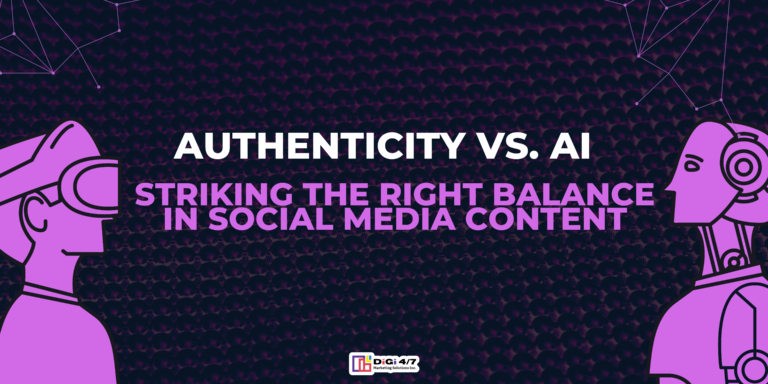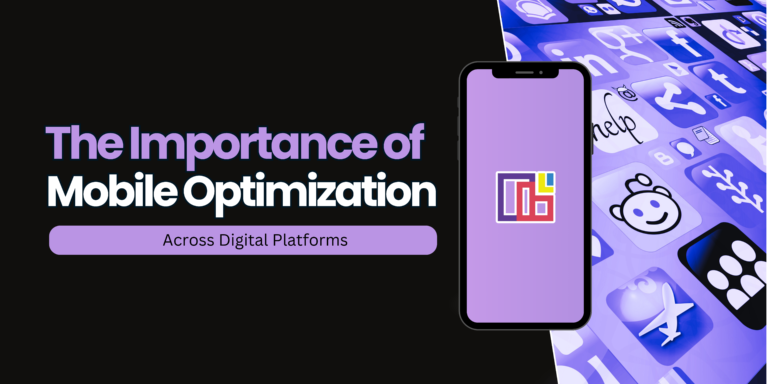
How Will X Change: 3 Possible Scenarios
As we navigate an increasingly complex world, anticipating how various elements will change becomes essential. In this essay, we will explore three possible scenarios for how X could evolve over the next decade, considering technological advancements, societal shifts, and environmental factors.

Scenario 1: Technological Integration
In this scenario, X experiences rapid technological integration, fundamentally transforming how it operates. Artificial intelligence and automation become central to X’s processes, leading to enhanced efficiency and productivity. Companies that embrace these technologies streamline their operations and reduce costs.
For example, consider a manufacturing firm that implements AI-driven robotics. These robots handle repetitive tasks with precision, allowing human workers to focus on more strategic roles. As a result, the company boosts its output while improving worker satisfaction. Furthermore, this technological shift encourages innovation, leading to new products and services that cater to changing consumer demands.
However, this scenario also presents challenges. As automation increases, job displacement may occur, prompting a societal need for reskilling programs. Policymakers must address these shifts to ensure a smooth transition for affected workers.
Scenario 2: Environmental Sustainability
In the second scenario, a growing emphasis on environmental sustainability reshapes X’s practices and priorities. Societal awareness of climate change and ecological impacts drives consumers to favor eco-friendly products and services. Businesses that adapt to this trend by adopting sustainable practices thrive in the marketplace.
For instance, imagine a clothing brand that shifts to using organic materials and sustainable production methods. By prioritizing transparency and ethical practices, this brand attracts environmentally conscious consumers, boosting sales and brand loyalty. As more companies follow suit, industries undergo a significant transformation toward sustainability.
However, this scenario also challenges businesses to innovate continually. Companies must invest in research and development to create sustainable alternatives and address the environmental impacts of their operations. Collaboration between industries, governments, and consumers becomes vital in driving this change.
Scenario 3: Social and Cultural Shifts
The third scenario focuses on evolving social and cultural dynamics that influence X. As society becomes more interconnected, diverse perspectives and values shape consumer behavior and expectations. Businesses that recognize and adapt to these shifts create stronger connections with their audiences.
For example, consider a tech company that embraces inclusivity in its products and marketing. By designing technology that caters to diverse user needs, this company positions itself as a leader in social responsibility. As consumers increasingly prioritize brands that reflect their values, companies that ignore this trend risk alienation.
Moreover, this scenario highlights the importance of authentic communication. Businesses that engage in meaningful dialogue with their communities build trust and loyalty. Adapting to social change requires a commitment to continuous learning and responsiveness.
Conclusion
As we look ahead, the future of X will undoubtedly evolve through various scenarios. Whether driven by technological integration, environmental sustainability, or social and cultural shifts, businesses must remain agile and responsive. By anticipating these changes and embracing innovation, organizations can navigate the complexities of the future and thrive in an ever-changing landscape.















